MESSAGE
ith everything happening in the world today, it’s easy to get dragged down in the negatives. I could sit here and type away at all the things that have gone wrong lately, but that’s not the kind of person I am. And, quite frankly, nobody wants to hear it.
They say it takes twenty-two days to change a habit. Well, this month marks just about a full year of living with COVID-19—and we’ve had plenty of time to adjust and adapt. But when we look back at this period in a few years, instead of simply reflecting on our struggles, wouldn’t it be great to be able to point to some positives that came from such adversity?
That’s why I posed the following question to myself, my colleagues in AGC, and other leaders of the construction industry: How has the pandemic changed the construction industry for the better?
Before diving into the thoughtful responses of my colleagues, I’d like to share a few observations of my own.
The first thing that came to mind when I considered this question was the improvements that we’re seeing in communication and efficiency. The widespread adoption of Zoom and other teleconferencing software has greatly reduced the amount of, in many cases, needless travel that our employees were subject to in the past. This development has also led us to rethink the way we structure our meetings, with the added benefit of being able to record and reference our interactions for future posterity.
While I don’t imagine that brick and mortar offices will be disappearing entirely any time soon, for many businesses the pandemic has also introduced—if not outright demanded—the previously foreign concept of remote work. For those business functions that are able to take advantage of this luxury moving forward, I think this can only be a good thing for our employees and our environment.
In addition to increased flexibility, remote work offers our teams increased accessibility. It means more options for accomplishing tasks. It means fewer commutes or milder traffic for the many positions who still have to be physically present for their work. In more ways than one, this new trend simplifies our logistics while collectively lowering our carbon footprint.
You will notice that some of the responses presented by my colleagues share similarities with my own, but others offer perspectives that I didn’t even consider; both insightful and refreshingly encouraging.
Made a lean operation: Klebs realized a 25% loss of work under contract in the first five weeks of the pandemic. Coupled with the unknown impact to our residential services division, we were forced to furlough staff and craft positions while maintaining a superior level of service. While we quickly returned to full billet on craft positions, we realized layers of staff positions could be permanently eliminated using technology and improved procedures. The long-term savings from these efficiencies will allow Klebs to perform more contract work and employ more craft positions.
Improved customer service: People are nervous and scared, not only of contracting the virus but for their economic survival.
These factors have had a great impact on our residential services divisions, as the relationships with our customers are much more personal than in construction. Our service technicians learned to become more than repairmen, they learned how to put people at ease with their approach to safety and the ability to provide fixed costs up front, empowering homeowners to make the best decision for themselves when it comes to their needs.
A renewed commitment to safety: I see this pandemic gave the construction industry— an industry already at the forefront of safety—a renewed commitment to putting safety as the top priority. This is definitely a lasting result of the current pandemic.
A renewed focus on technology: Again, already at the forefront, the construction industry was leaned on heavily to solve problems throughout our battle with this pandemic. From developing PPE and safety screens, to looking at ventilation and air filtration for virus elimination, our industry will be key as we move towards opening business and schools. And we will be ready to take on the battle, if and when a new pandemic arises.
As always, I’d like to recognize the incredible staff at AGC of Alaska for their commitment to the mission and membership of AGC: Executive Director Alicia Siira; Assistant Executive Director Thea Scalise; Special Projects Coordinator Margaret Empie; Events Coordinator Kimberley Gray; Fairbanks Branch Manager Brittany Hartmann; and Membership Director Clare Kreilkamp.
Sincerely,
Gary Klebs
